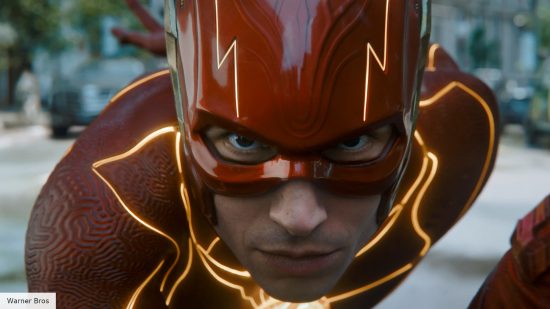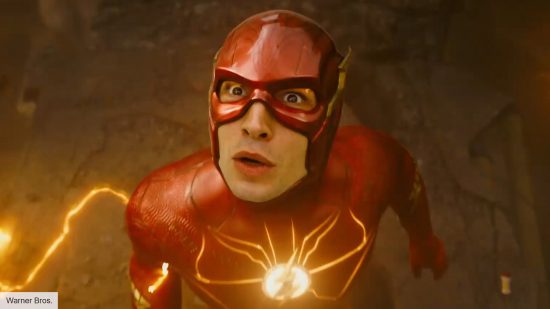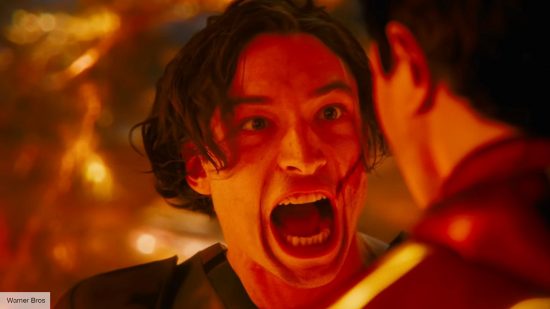How does time travel work in The Flash? Superhero movies love time travel. It’s a great sci-fi trick to get out of impossible narrative corners and find new storytelling responsibilities. And so, that brings us to The Flash and some seriously knotty chronology.
That’s right, the DCU has gone multiversal with The Flash release date, and so we now have to get our head around how time travel operates in these new movies. Thankfully, The Flash is a fun introduction to reality-bending – as we explained in our The Flash review – and it has a ball with some of the best DC characters.
But how does time travel work in The Flash? Well, get out your notepads because you may need to draw a diagram. There won’t be a test on this today, but you might need to remember it for when The Flash 2 release date comes around. Spoilers ahoy!
How does time travel work in The Flash?
In The Flash, Barry Allen is able to travel back in time by running faster than the speed of light.
It’s as simple as that, really. We’ve seen Barry Allen, aka The Flash, enter the Speed Force before in DC movies, such as Justice League, in order to turn back time. It has always been something the character has in his repertoire.

In terms of the actual mechanics of time travel in this universe, there’s a delightful scene in which Michael Keaton’s Bruce Wayne says “time isn’t linear” and describes the various timelines as being entirely separate strands of spaghetti, which intersect at certain points.
He explains that any use of time travel creates a fulcrum, leading to both a new past and a near future. It’s “retro-causal”, apparently. My head hurts. Give me the joyful simplicity of Back to the Future any day.

What is the Chronobowl in The Flash?
The Chronobowl is a junction in space and time, which Barry Allen visits in order to travel backwards and forwards through his own timeline.
It’s like a strange stadium, with the various timelines forming the rows of seats above where Barry stands. The further back in the rows he goes, the further back in time he can see.
Of course, the name Chronobowl is pure comic book nonsense, but it’s a neat way to visualize time travel for those of us in the audience who have no idea what’s going on. The best movies keep time travel simple, and the Chronobowl helps with that.

Does Barry return to his own time at the end of The Flash?
Yes, Barry does return to his own time at the end of The Flash, but things have changed and we don’t know how big those ripples might be.
During The Flash ending, Barry takes the tin of tomatoes from his mother’s supermarket basket and, therefore, allows her death to take place as it did before. But he moves the tins to the top shelf, ensuring that his father would have to look upwards when he visited the store later that day.
This allows Barry’s dad to prove his alibi for the murder when Barry returns to his own timeline. However, it also appears to have made other changes to the universe. Most importantly, Ben Affleck’s Batman has now been replaced by George Clooney. Oops.

Hopefully you’re now a little less confused about how time travel works in the world of The Flash. We’ve answered more of your big questions about the movie, including ‘how fast is The Flash?‘ and ‘is Christian Bale in The Flash?‘. You can also check out our guide to The Flash cast.
And as for the future of the DC movies in the Gods and Monsters era, we’ve explained that The Flash director is a top choice for a new Batman movie and argued that there are five things we want to see from James Gunn’s DCU.
